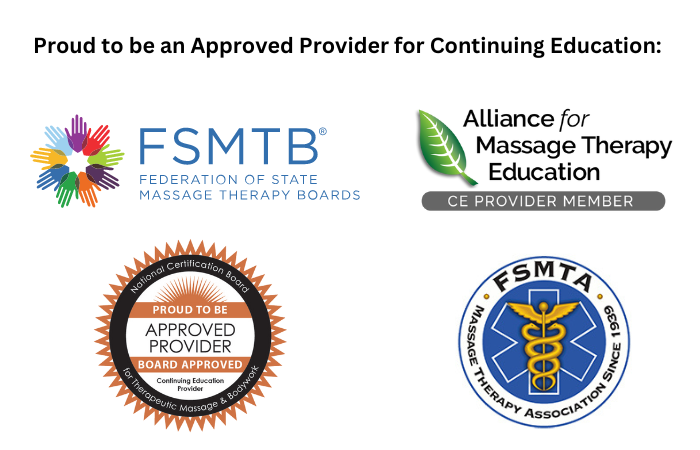
Breathing… our most dysfunctional movement pattern
The famed Czech researcher Dr. Karel Lewit states: “Respiration is our primary and most important movement pattern… and also the most dysfunctional.”

The famed Czech researcher Dr. Karel Lewit states: “Respiration is our primary and most important movement pattern… and also the most dysfunctional.”

Manual therapists routinely use bones as levers to reduce tension and protective spasm in hypertonic muscles. For example, the femur and humerus are excellent tools for stretching tight hip and shoulder girdle muscles, and we commonly rotate and sidebend a client’s head to relieve neck tension.
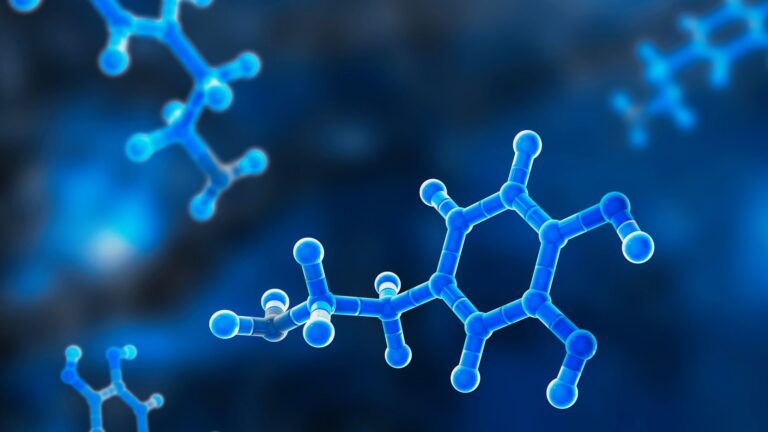
Recent studies highlight the efficacy of Pain Neuroscience Education (PNE) in understanding and managing pain. But can PNE and manual therapy coexist? Dive deep into the positive impacts of touch therapy on our hormonal system and the innate bond that starts between a mother and child. Discover how touch can be a powerful tool in regulating our body’s homeostasis and how it can influence our hormones for better health and well-being.
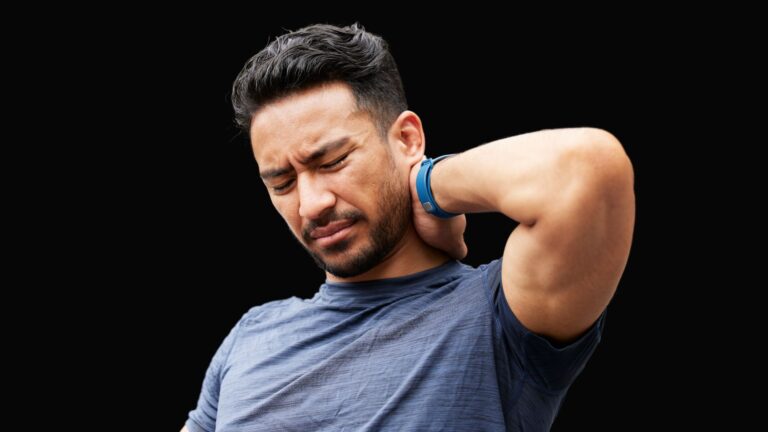
A “crick in the neck” is a common complaint among clients seeking manual therapy. This informal umbrella term can refer to symptoms that range from general cervical stiffness to complete immobility and unrelenting pain. When assessing cricks…
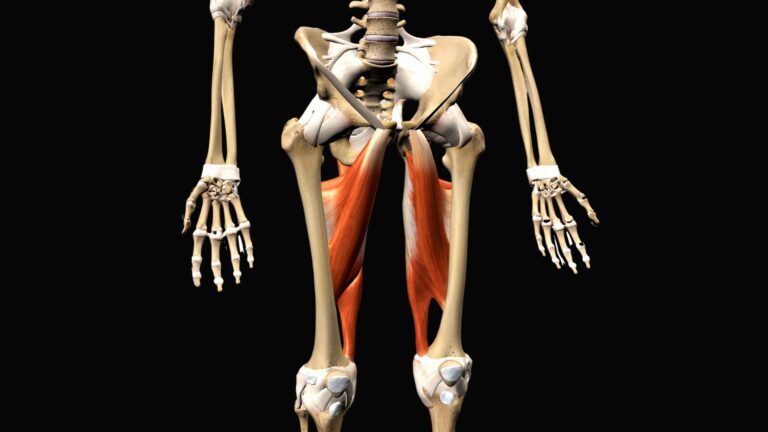
Pelvic floor muscles such as levator ani, coccygeus and obturator internus attach to the front, back and sides of the pelvis and sacrum and form the bottom of the core. These muscles must be able to contract to maintain continence, and to relax allowing for urination and bowel movements, and in women, sexual intercourse.
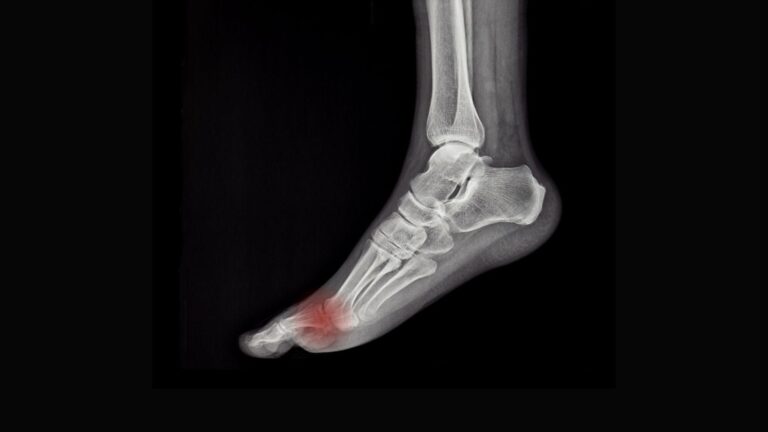
A fundamental feature of the foot often missed in our assessments is first-toe mobility, specifically the metatarsophalangeal (MTP) joint. The first MTP joint should be

Asymmetries may be at the root of your client’s pain complaints and need to be addressed. But even if your clients are asymptomatic, you should still address the imbalances proactively.
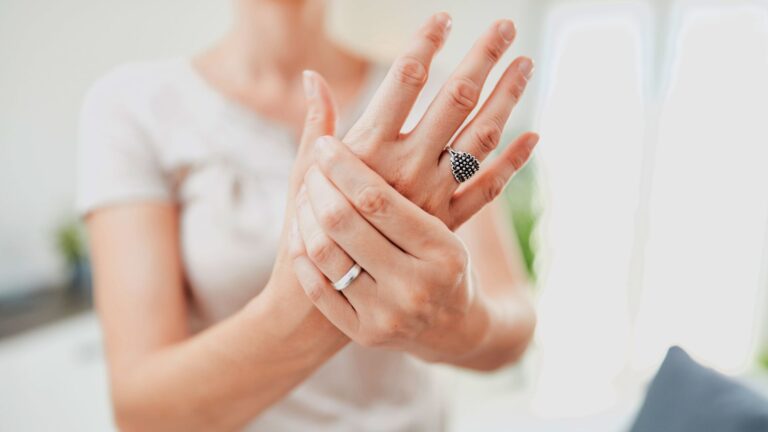
Both professional and recreational athletes depend on their hands, wrists and fingers for proper strength, grip and range of motion for optimal performance. Sprains commonly occur during active sports or household falls…
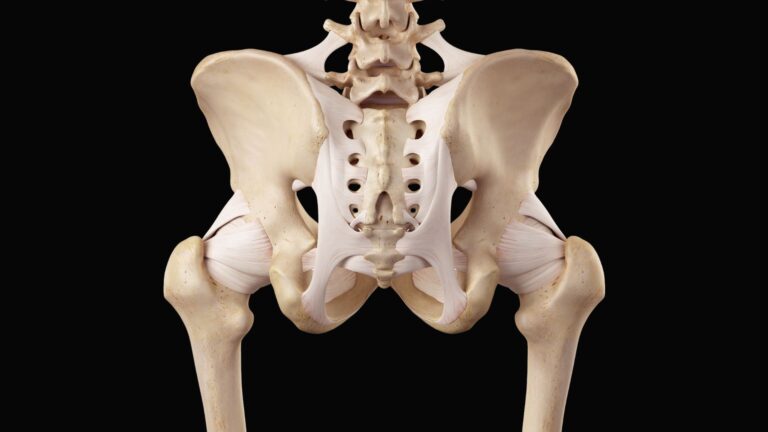
The primary role of the iliolumbar ligaments is to prevent excessive lumbar sidebending, but these ligaments can contribute to sciatic nerve entrapment when injured. A traumatic event such as a bending and twisting maneuver while attempting to lift a heavy object, may strain the iliolumbar ligaments and their multifidi neighbors. As the ligaments weaken, they lose the ability to
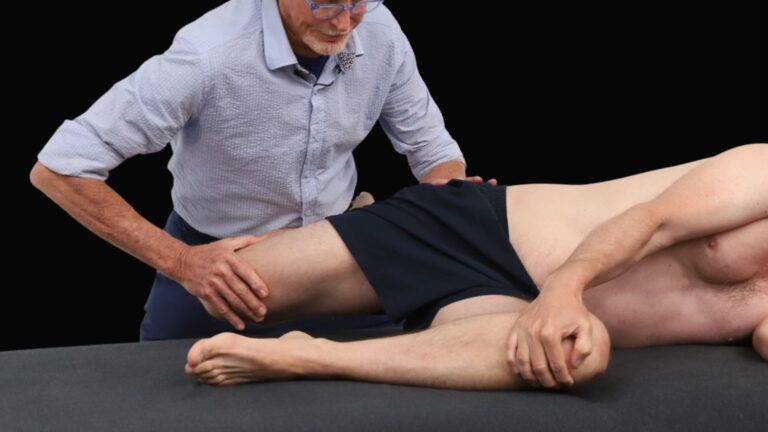
The femoral nerve is one of the largest neural structures in the leg. Its branches supply sensation to the upper thigh and control the quadriceps muscle, which is responsible for straightening the knee. Femoral nerve impingement can produce various symptoms. Numbness, tingling and shooting pain into the leg (and sometimes into the groin area) is common.
Free subscription to the Technique Tuesday newsletter. Sign up to receive an in-depth article and technique video in your inbox every Tuesday.
